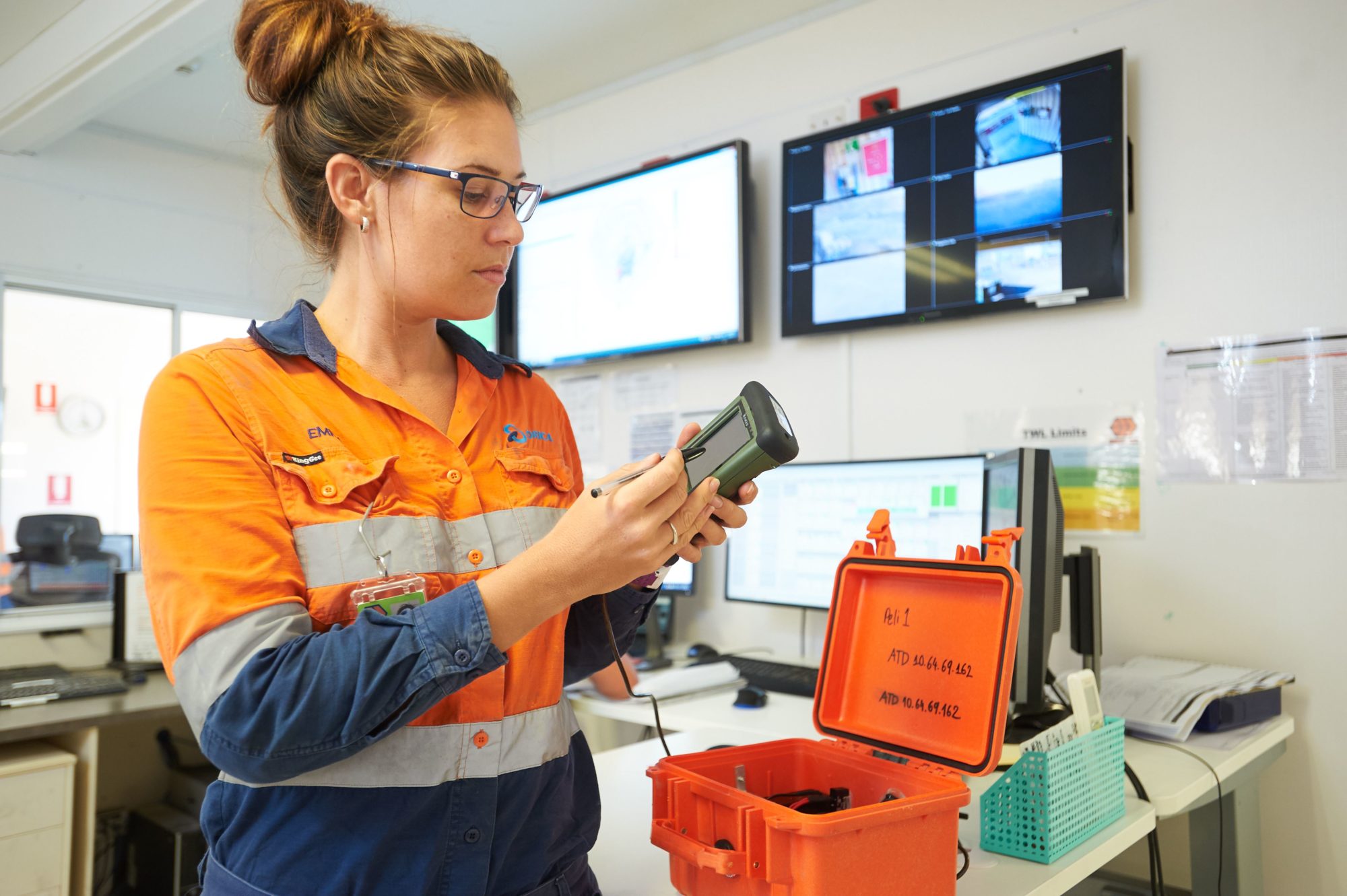During Orica’s investor day last week it became apparent that its innovations – namely wireless initiation technology and a digital drilling and blasting platform – are gaining traction across the globe.
Orica has made investments in technologies such as WebGen™ and and BlastIQ™ as part of a shift towards automated drilling and blasting, realising that the days of fully mechanised operations are still some way off.
Alberto Calderon, Managing Director and Chief Executive Officer, set the scene by saying that the world is expected to extract around 3.6 billion tonnes more material in 2023 compared with what was achieved in 2018.
In addition to increased demands being placed on companies involved in mining when it comes to environmental and social responsibility, ore deposits are becoming more difficult to access, he said.
“[They are] often found in remote, difficult to reach parts of our world, and sometimes in the harshest of settings,” he said.
Orica is well equipped to deal with this, having technical expertise, logistics, and experience to allow blasting to continue, he said. He cited Indonesia, and near volcanic earth where the ground is hot and reactive, as an example of the company’s ability to negotiate tricky conditions.
“We can deliver blasted rock to a defined size specification in polar conditions, within the environmentally-sensitive Arctic Circle, and we can ensure miners’ licence to operate is maintained by ensuring that blasting can go ahead as scheduled, without negatively impacting nearby sensitive receptors, like communities.”
The company provided an update on just how successful its WebGen wireless blasting technology has been since launch last year.
The company said there had been growing market interest for this wireless initiation technology, with more than 220 blasts fired globally. This included securing four commercial services contracts and demonstrations underway currently across 11 customers, with another 17 customers in planning. Overall, the company has targeted 20-28 trial sites across all regions by the end of its financial year.
So far, WebGen wireless blasts during these commercial and trial operations had seen a 34% increase in ore recovery, a 20% boost in increased productivity, improved safety and reduced costs, the company said.
In addition, the company has trials in place for expansion into surface applications (gold, coal, iron ore, copper) and Orica is making good progress made on its next generation WebGen200.
When it comes to BlastIQ, Orica said it had, so far, implemented the technologies on 35 sites, with 25 customers. It had three BlastIQ-enabled optimisation service projects to its name, it said.
In terms of customer value, adoption of these technologies had seen a 5% increase in productivity, a 10% reduction in drilling costs and improved safety and regulatory compliance, Orica said.
The company’s regional managers then broke down some of these numbers, as well as mentioned some developments that could lead to higher market uptake.
Darryl Cuzzubo, Group Executive and President for Asia Pacific & Asia, said the underground and open-pit site introduction of WebGen was taking place ahead of plan, with its largest commercial blast and first strata blast taking place in Australia. On top of this, the company had seen licences for the technology approved in Indonesia, with trials to begin in August/September.
Thomas Schutte, Group Executive and President of Europe Middle East and Africa, meanwhile said the company saw potential growth from technology implementation for WebGen, automation and BlastIQ within the mining sectors in Sweden, Finland, Spain and Turkey.
So far, the company had conducted two underground sites of WebGen in the Nordics, while it was planning a large open-pit trial in Europe in the first half of 2020. Africa trials were also on the horizon. In the meantime, the process to gain EU certification and country approvals was underway, he said.
For BlastIQ, Schutte said the company had completed successful trials and commercial sales in the CIS and Africa.
James Bonnor, Group Executive and President of North America, said five sites had, so far, converted to WebGen use across North America (one being Newmont Goldcorp’s Musselwhite mine), while BlastIQ had found its way into over 100 mining and quarry sites in the US, in particular.
Germán Morales, Group Executive and President, Latin America, had 18 site trials of WebGen technology (in progress/planned) to report on, with the company servicing both surface and underground mines.
In terms of BlastIQ takeup, there had been 12 site implementations, eight of these being successfully converted into contracts and four being trials. Overall, the company expected around 20 implementations for the 2019 financial year.
In addition to this, Morales was able to report back on the first worldwide commercial OreTrack™ implementation in Chile and FRAGTrack™ in Colombia. OreTrack provides RFID-based tracking of rock movement from the blast, while FRAGTrack provides blast fragmentation data with auto-analysis capability.











